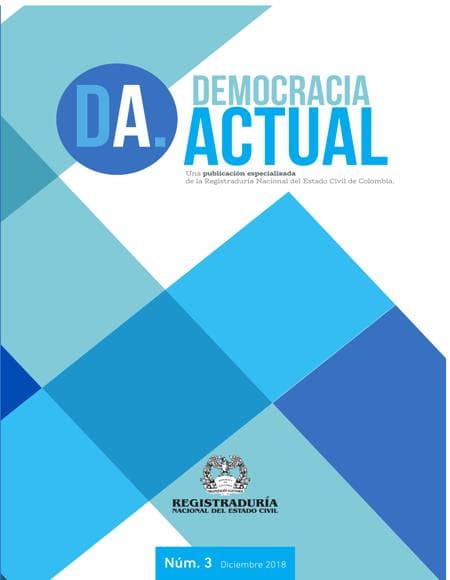Local scenarios of electoral irregularities in Peru: electoral transhumance in local elections from 2014 and 2018
Escenarios locales de irregularidad electoral en Perú: trashumancia electoral en las elecciones locales de 2014 y 2018
Main Article Content
Through a descriptive and correlational statistical analysis, this study aims to identify which are the differences between the scenarios of alleged cases of electoral transhumance in the local elections of 2014 and 2018, in Peru. Moreover, it seeks to identify how the socio-economic context was in these localities in both elections, and which are the characteristics of the cases of recidivism in the use of this political strategy at the local level. This study concludes that the district with alleged cases of golondrinaje in both electoral processes are usually small, rural, from the mountain area, which have presented domiciliary changes from neighboring districts, not poor, and with low levels of human development. Nonetheless, while these localities presented medium economic growth in 2014, which encouraged more electoral participation, competitiveness and fragmentation; most of these districts experienced an economic decrease, and a significant reduction in the percentage of domiciliary changes during the last 5 months before the electoral census’ closure, due to the normative reform approved in October 2017, which modified the electoral schedule. Likewise, this study concludes that this fraudulent practice is usually persistent in those local scenarios of greater economic vulnerability.
Downloads
Publication Facts
Reviewer profiles N/A
Author statements
Indexed in
- Academic society
- Registraduría Nacional del Estado Civil
- Publisher
- Registraduría Nacional del Estado Civil














